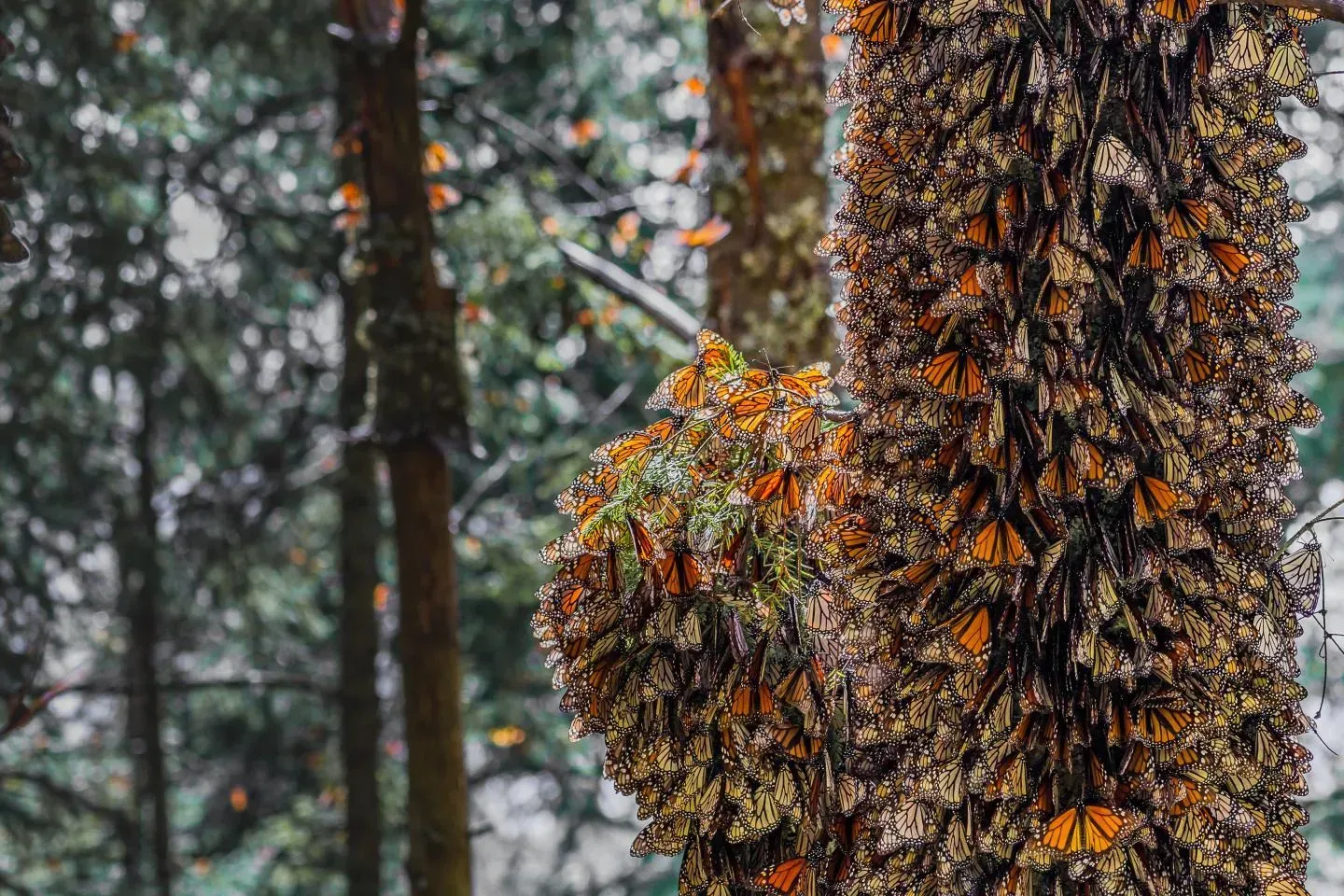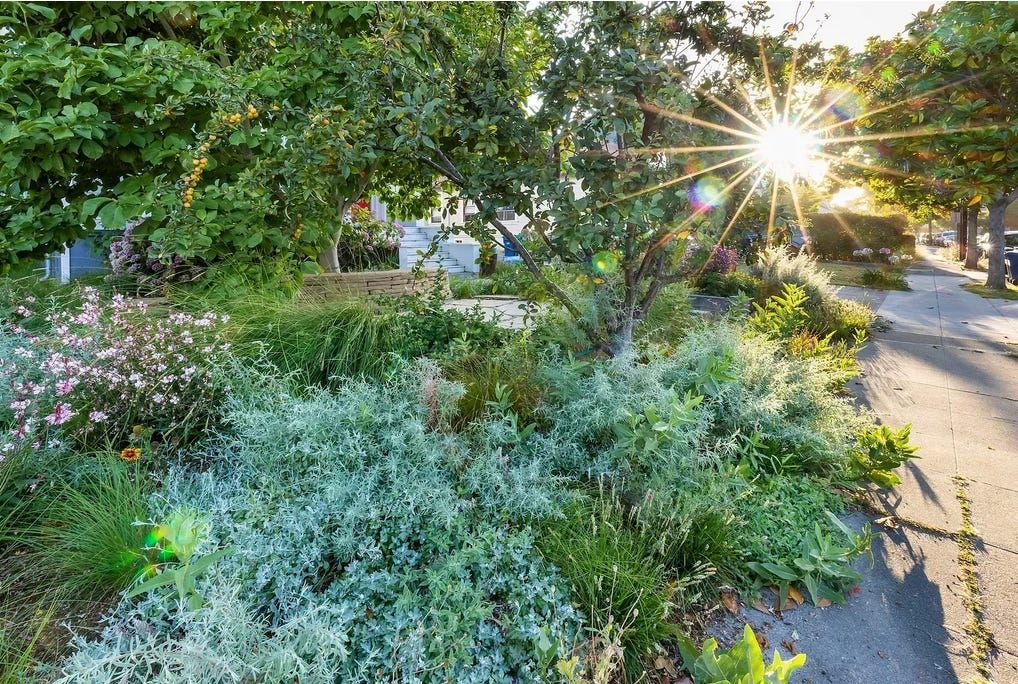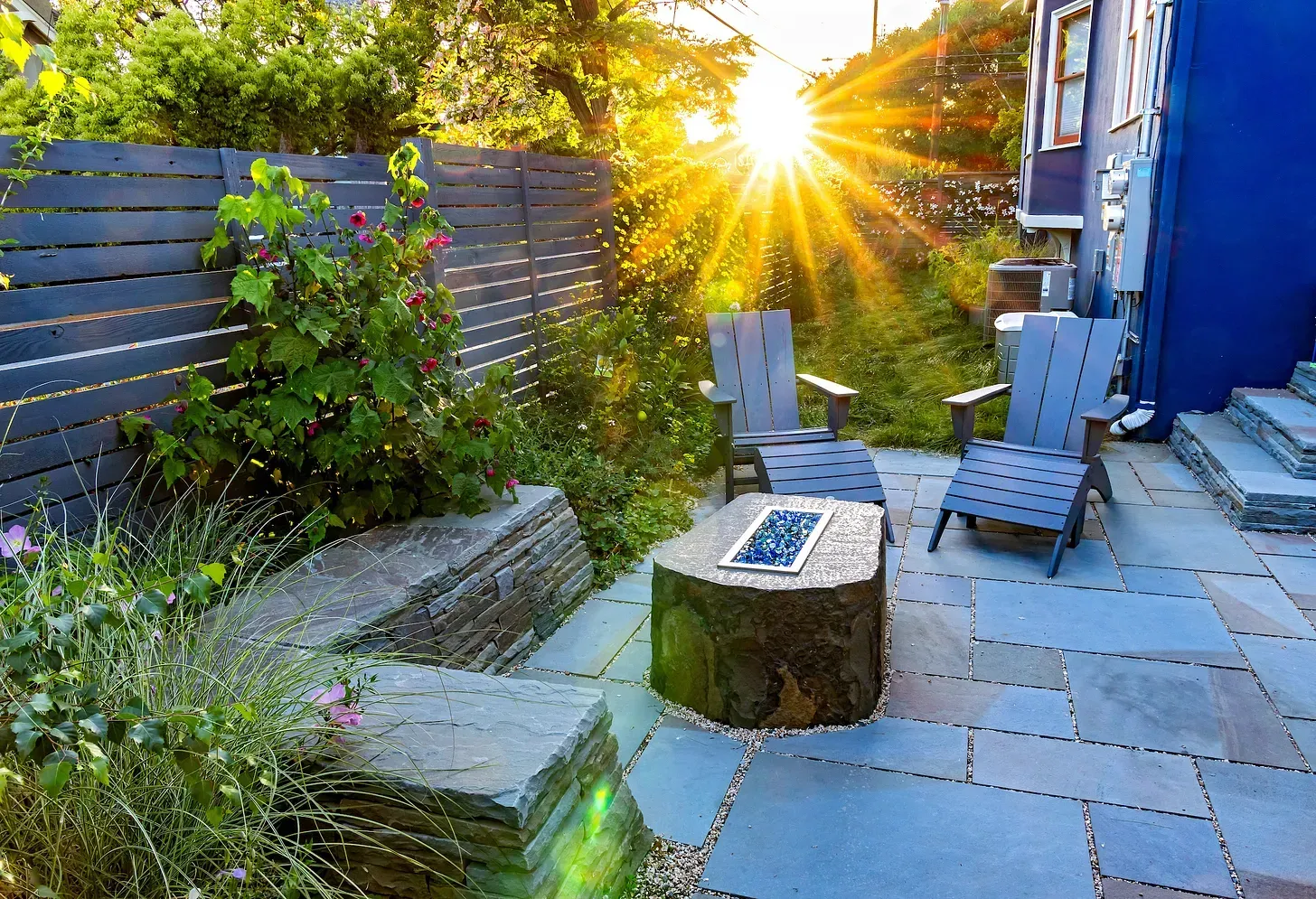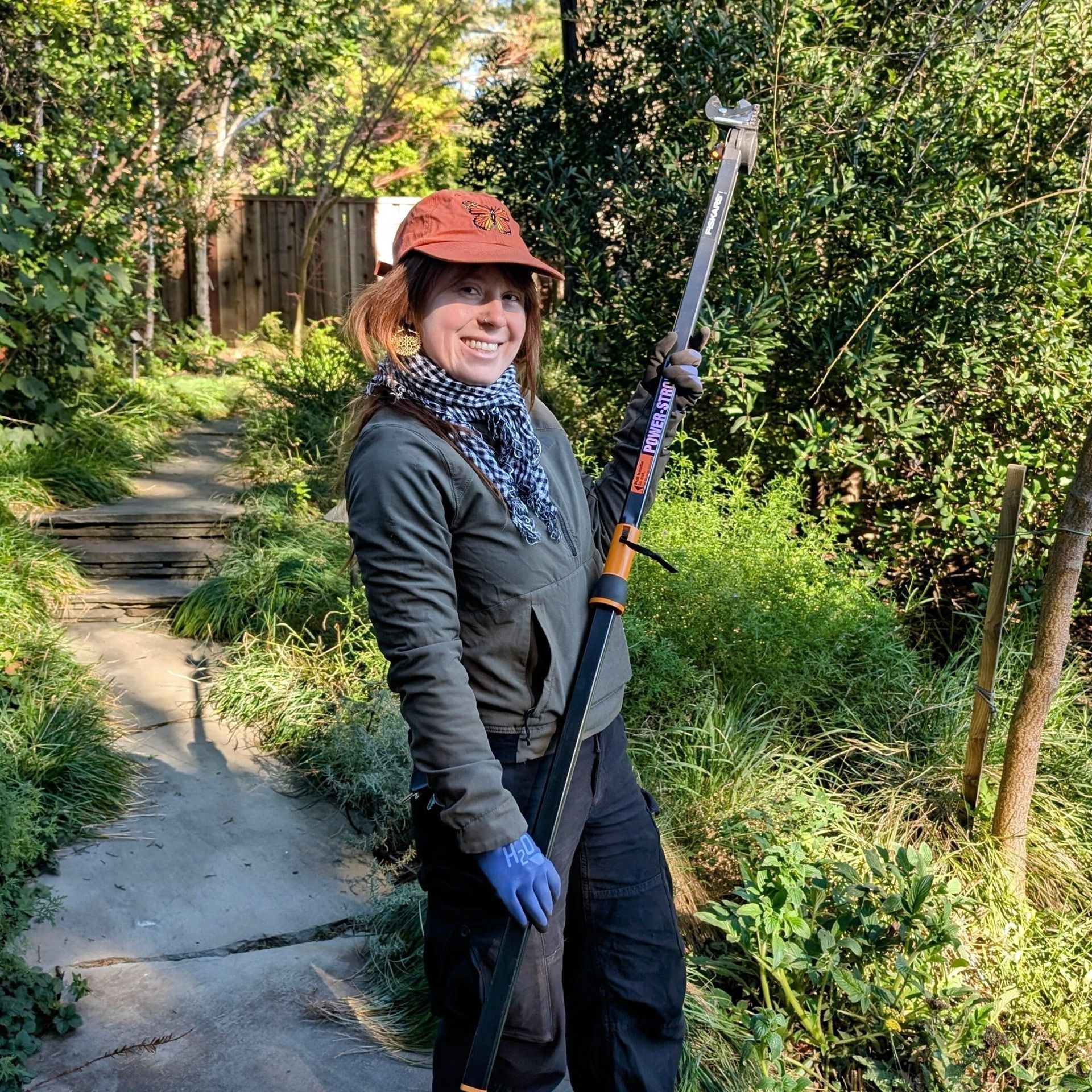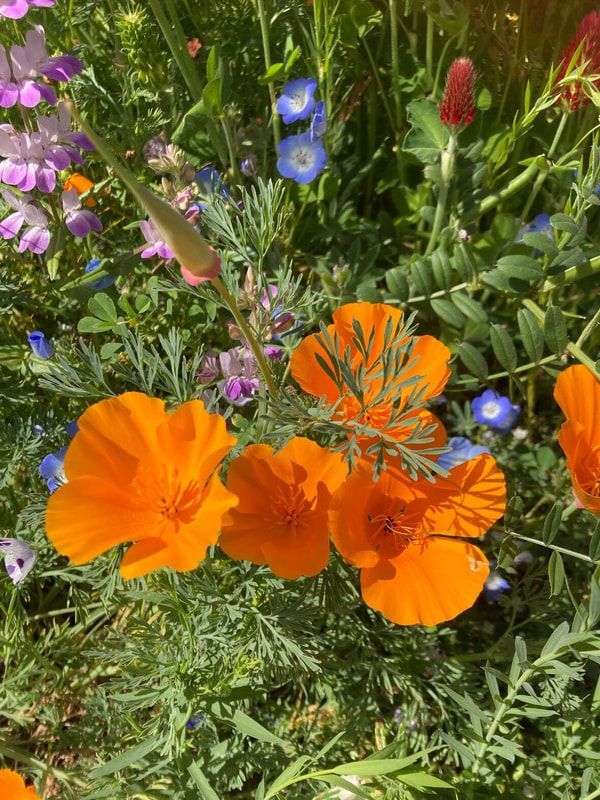Gardening During Fire Season
Gardening During Fire Season
Dry summers and dry soils increase fire risk — but a healthy, green garden can help protect your home.
Summer is a time of joy in the garden. Bright flowers, fragrant herbs, and the occasional butterfly flitting past all bring life and beauty to our outdoor spaces.
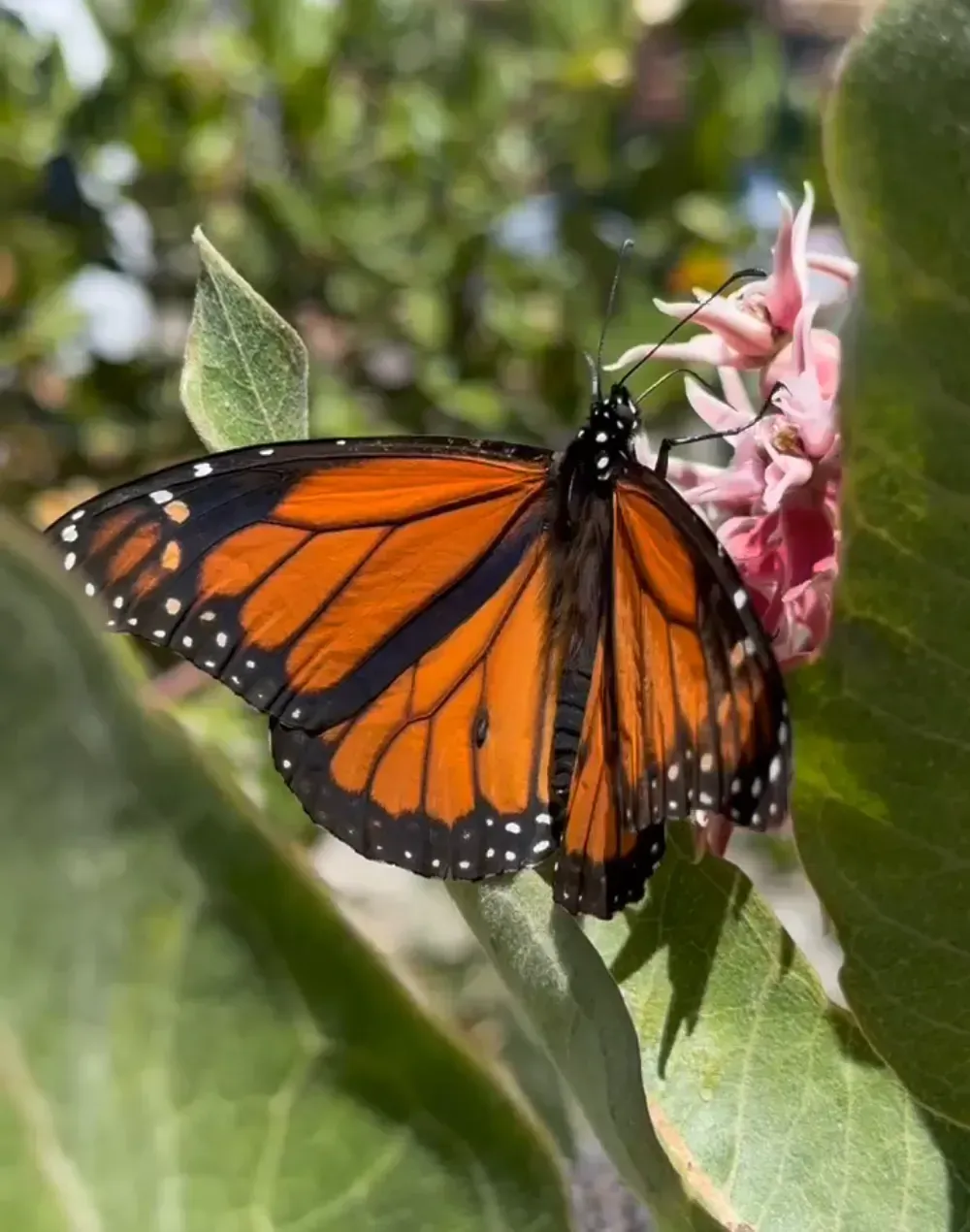
But here in California, summer also brings the reality of fire season. In recent years, devastating wildfires — from the Camp Fire in 2018 to the more recent Southern California fires — have shown us that not only wilderness, but also homes and communities, are vulnerable. As a result, both state and local governments are adopting new regulations to help protect neighborhoods from wildfire.
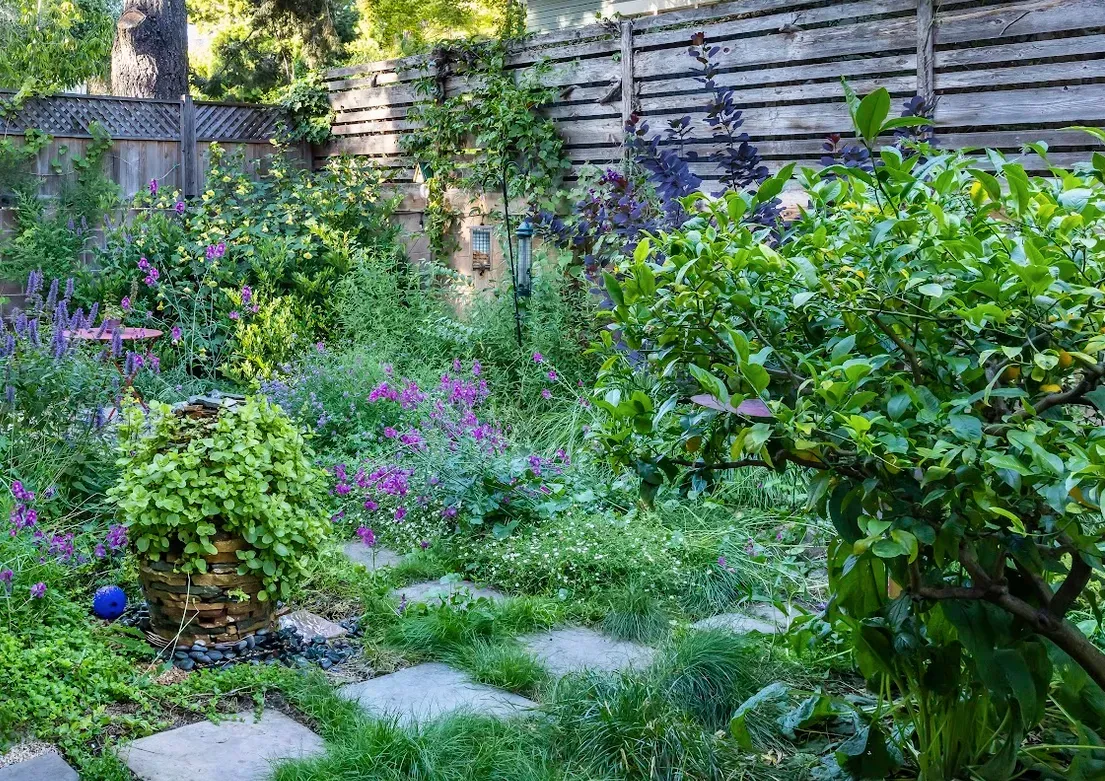
Healthy Soil, Safer Homes
Good fire prevention begins underground. Healthy soil, rich in organic matter, holds moisture. Adequately moist soil helps keep plants hydrated, which increases transpiration and adds humidity to the air around your home, decreasing fire risk. By contrast, dry soil will dry out plants, which act as fuel, increasing fire danger.
When your garden is well-watered and lush, it not only looks beautiful it also keeps your home safe.
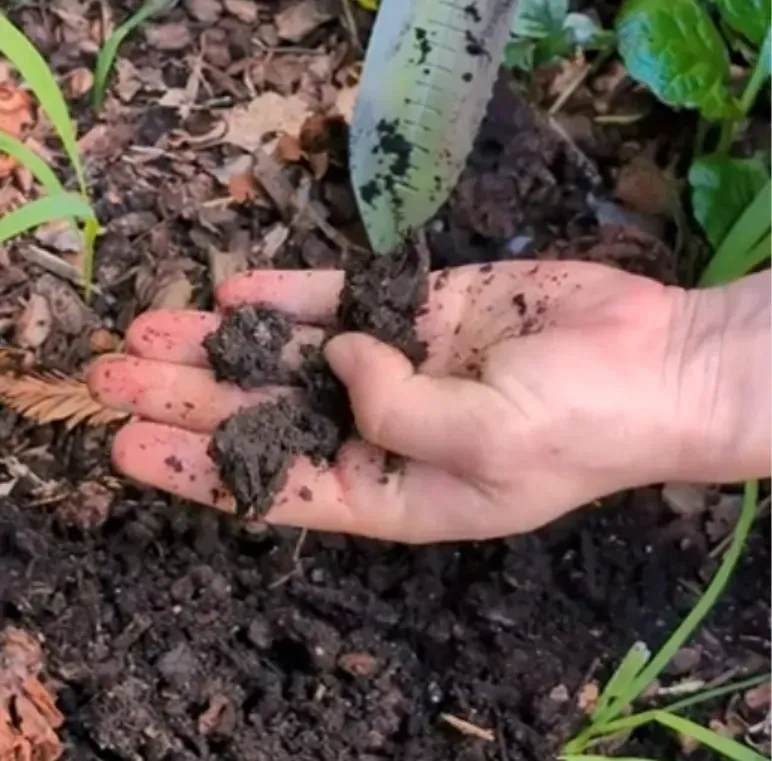
Fire Safety Legislation and Your Garden
In January 2021, the State of California signed into law AB 3074, with the intention of reducing fire risk around dwellings in high risk areas by mandating a 5 foot protection zone around all structures. See Saxon Holt’s article here on the Fire Zone Landscape Codes. While this legislation has been passed, it is not currently being enforced. Additional work is to be done this year, by the State Fire Marshall, to approve the vegetation clearance requirements.
In June of this year, The City of Berkeley approved the E.M.B.E.R. Ordinance. This stands for Effective Mitigations for Berkeley Ember Resilience. This ordinance requires home owners in the Panoramic neighborhood, which is in close proximity to Tilden Park, to clear all “flammable materials” 5 feet out from the perimeter of any structures. This includes removing gardens. While the law is currently in effect, the city will not begin enforcement until May 2026, giving homeowners time to prepare.
While it is incredibly important and pertinent to keep that 5-foot perimeter effectively clear of flammable materials, we do not promote the elimination of your garden. And, this is an important point. If that 5-foot perimeter is not well hydrated, it is a fire risk to your home. If you have left unattended and flammable materials within that 5-foot perimeter, then your house is at a significantly greater risk of burning in a fire event.
The state of California, as well as the City of Berkeley, has passed enforceable measures restricting vegetation near home structures–this includes gardens–because too many gardens are neglected and dry. At least part of the reason these gardens are dry is due to restricted watering schedules enforced by our municipalities, with hefty fines for non-compliance. Of course, it is essential to be mindful of water conservation in the garden.
Gardening Wisely: Fire-Safe and Water-Smart

- Subsurface Drip Irrigation: This efficient system delivers water directly into the soil, minimizing evaporation and keeping roots consistently hydrated.
- Native and Mediterranean Plants: Choosing plants adapted to dry summers reduces water use while keeping your garden lush. Many also support pollinators like butterflies and bees.
- Regular Care: Remove dead or dry plant material and keep the 5-foot zone around your home tidy and green.
By combining these strategies, you can enjoy a thriving garden that conserves water, supports wildlife, and reduces fire risk.
The Bigger Picture
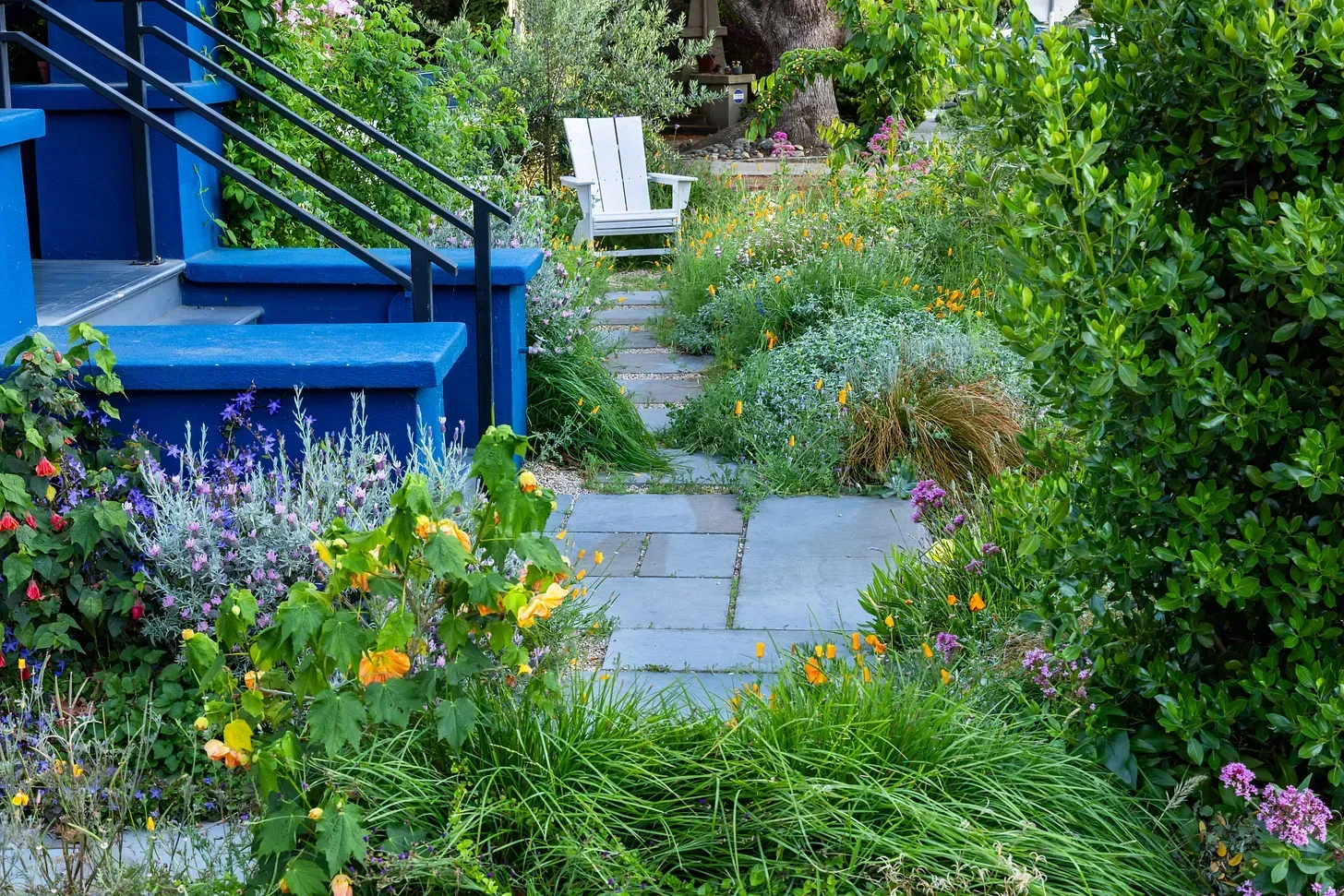
As summer stretches on and rain remains scarce, it’s tempting to let gardens dry out. But dry gardens don’t save water; they increase fire danger, make the air hotter and drier, and reduce resilience in our communities.
A lush, well-cared-for garden does more than bring beauty and joy. It plays a vital role in keeping our neighborhoods safer during fire season.
This summer, let’s garden not only for ourselves, but also for the safety of our neighbors and communities.

